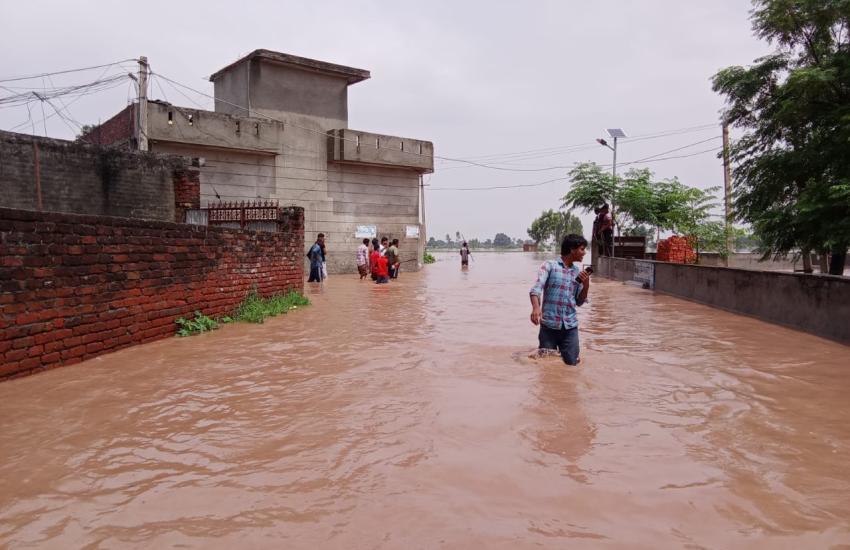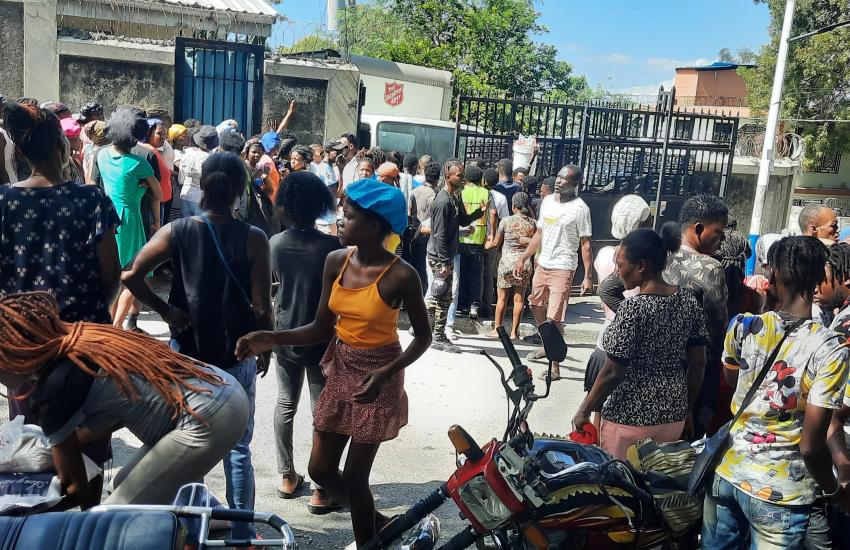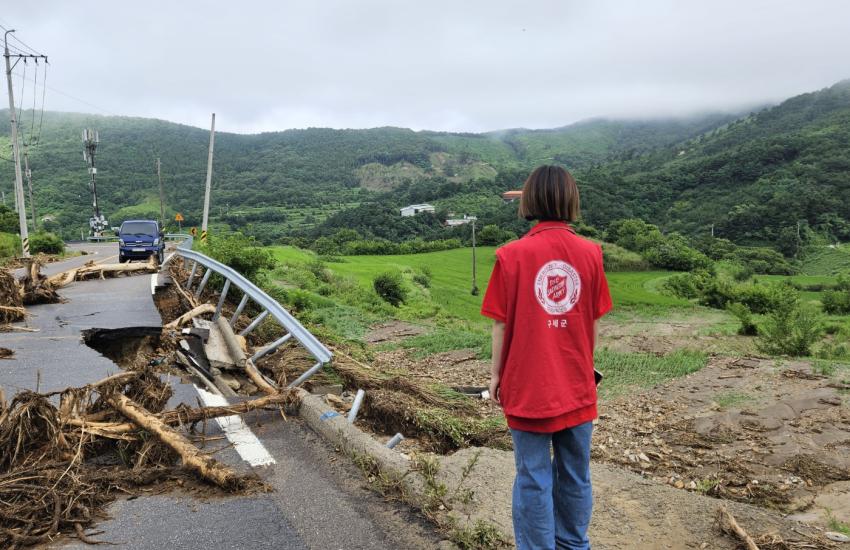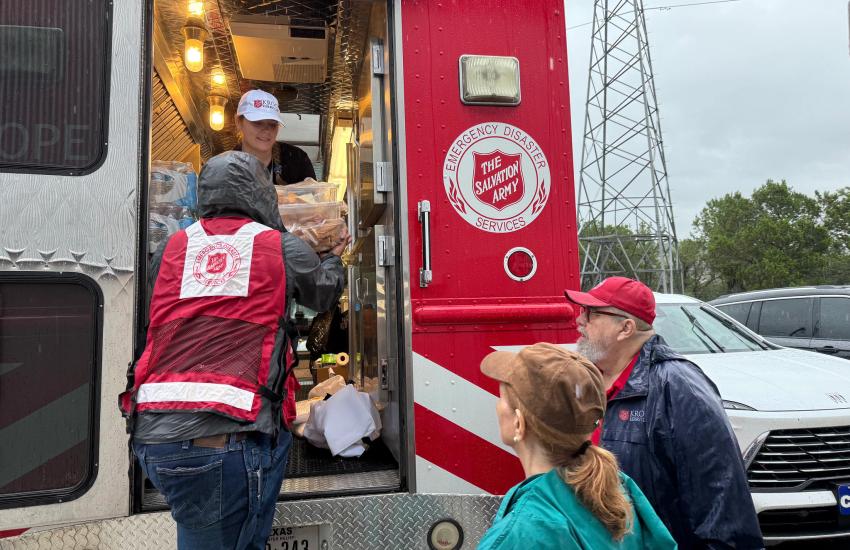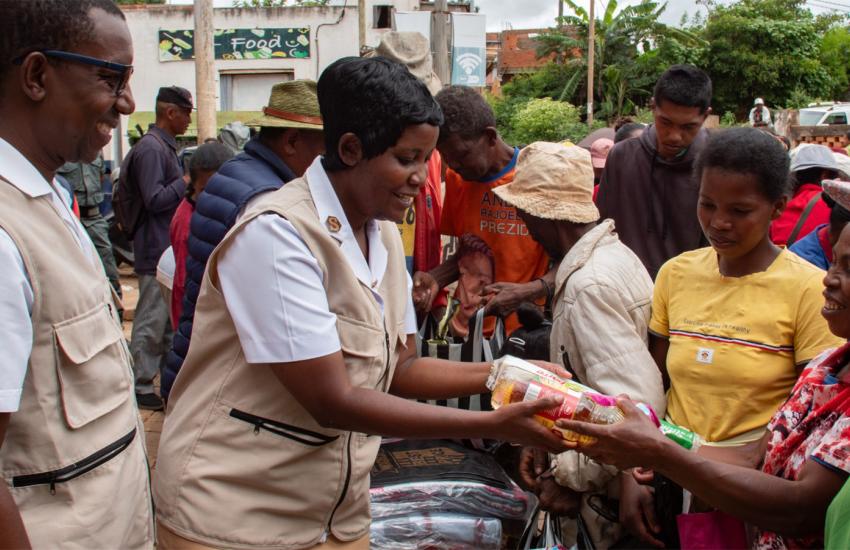Severe flooding across Thailand in recent weeks has affected nearly 250,000 people, including an estimated 100,000 children.
The most impacted areas are the Chiang Rai region, Mae Sai district and Chiang Mai district. The Salvation Army in Thailand is helping 500 families in Chiang Rai by providing essential clean water, food and bedding until the end of the year.
More than 100 injuries have been reported, as well as two deaths. The floods and landslides have caused widespread damage to almost 5,900 households, livelihoods and to critical infrastructure, including health facilities, schools, water sources, highways and bridges.
In some parts of the Chiang Rai region, water levels have started to recede. However, significant challenges remain as many residents are unable to return home. Flooded roads and downed power lines are hindering communication and recovery efforts.
The Salvation Army’s research and development officers, in collaboration with corps officers from the Chiang Mai Corps and the social services coordinator, have found a dire situation, with severe shortages of drinking water, staple foods and shelter for thousands of people in the hardest-hit areas of Chiang Rai, Mae Si and Chiang Mai.
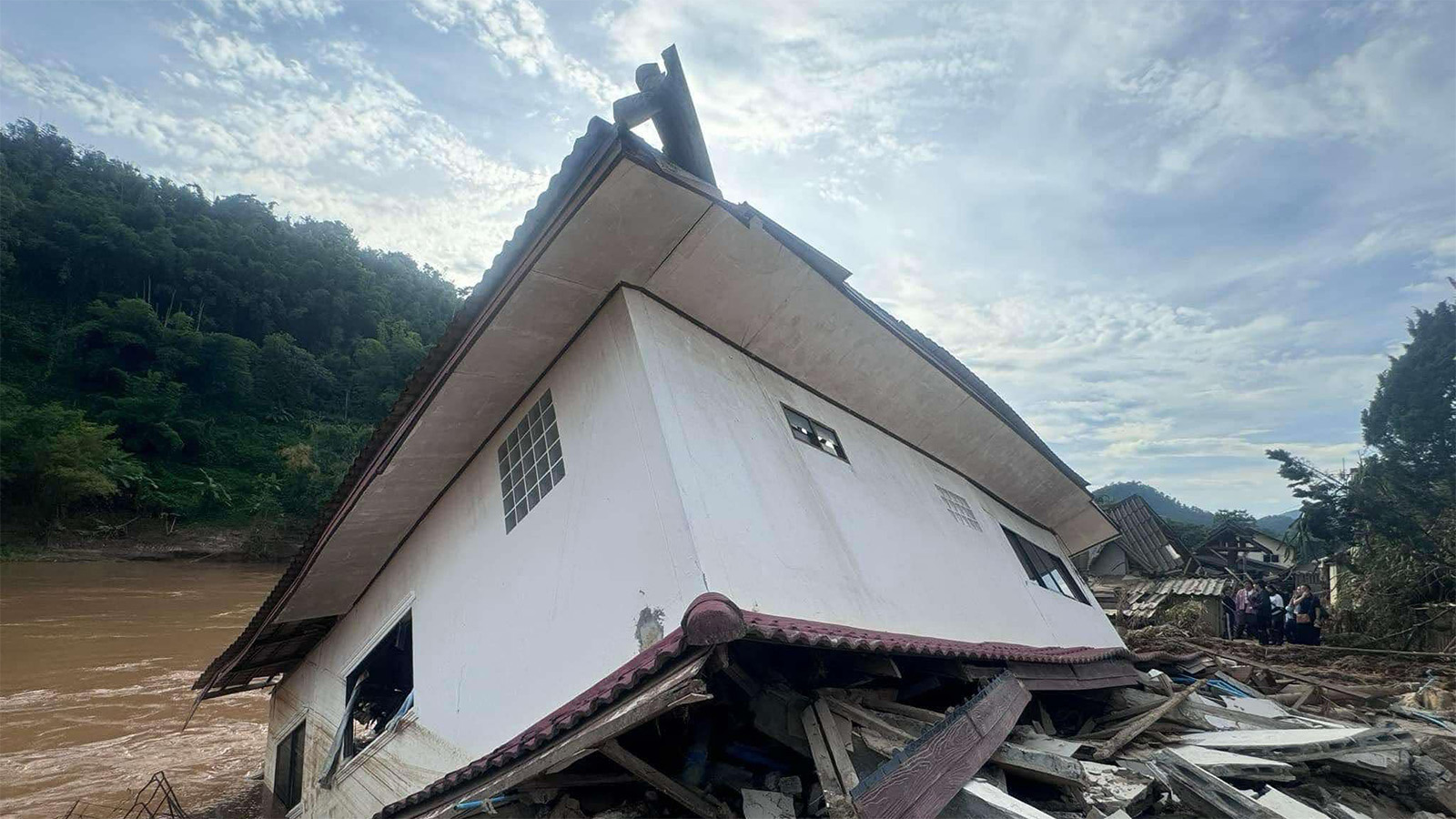
Emergency relief in the Chiang Rai region
To support the flood-damaged communities, The Salvation Army in Thailand is providing emergency relief in partnership with trusted local leaders. The relief effort is focusing on assisting 500 families in the Chiang Rai region, ensuring they receive the necessary clean water, food and bedding to survive this challenging time. Every parcel includes 10 kg of rice, 1 litre of cooking oil, a box of instant noodles, a blanket, a bucket and 12 bottles of water.
The flooding in northern Thailand has created a humanitarian crisis that requires immediate action. The Salvation Army is committed to working with local leaders and community members to address the most urgent needs and aid the recovery of the affected populations.

